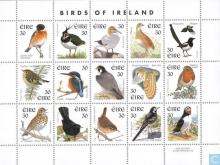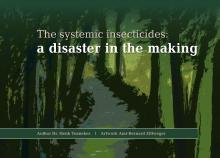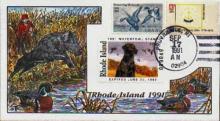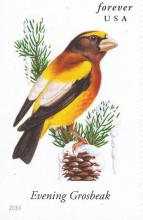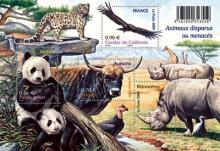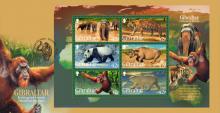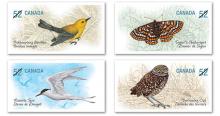State of Australia’s Birds report finds common birds as well as lesser-known species have suffered surprising drops in numbers
Some of Australia’s best-known birds, including the magpie, the kookaburra and the willie wagtail, are in decline in parts of the country, a major government-funded survey has found. The State of Australia’s Birds report found common birds, as well as lesser-known species, have suffered surprising drops in their numbers, in what has been described as a “wake-up call” for bird conservation. The data, gathered from sightings by birdwatchers, show that the magpie, a familiar sight to many Australians – and occasional dive bomber of human craniums – has been in a consistent decline on the east coast since 1999. The laughing kookaburra (Dacelo novaeguineae) is in decline in south-eastern Australia, as is the willie wagtail (Rhipidura leucophrys). Meanwhile, birds of prey in Australia’s arid outback – including falcons, owls and eagles – are in “significant decline”, the report finds, while 22 of the 39 species found in the Mallee woodland region, which covers much of southern Australia, are also losing numbers. The rainbow bee-eater (Merops ornatus), an agile insect-devouring bird, is on a downward trajectory on the east coast, while hollow-nesting parrots such as lorikeets are disappearing from areas around Melbourne, Adelaide and Canberra. Some species are in decline almost across the board, with the Boobook owl suffering declines in every region of Australia bar one. Bird Life Australia, which compiled the data with federal government funding, said the results were concerning.


